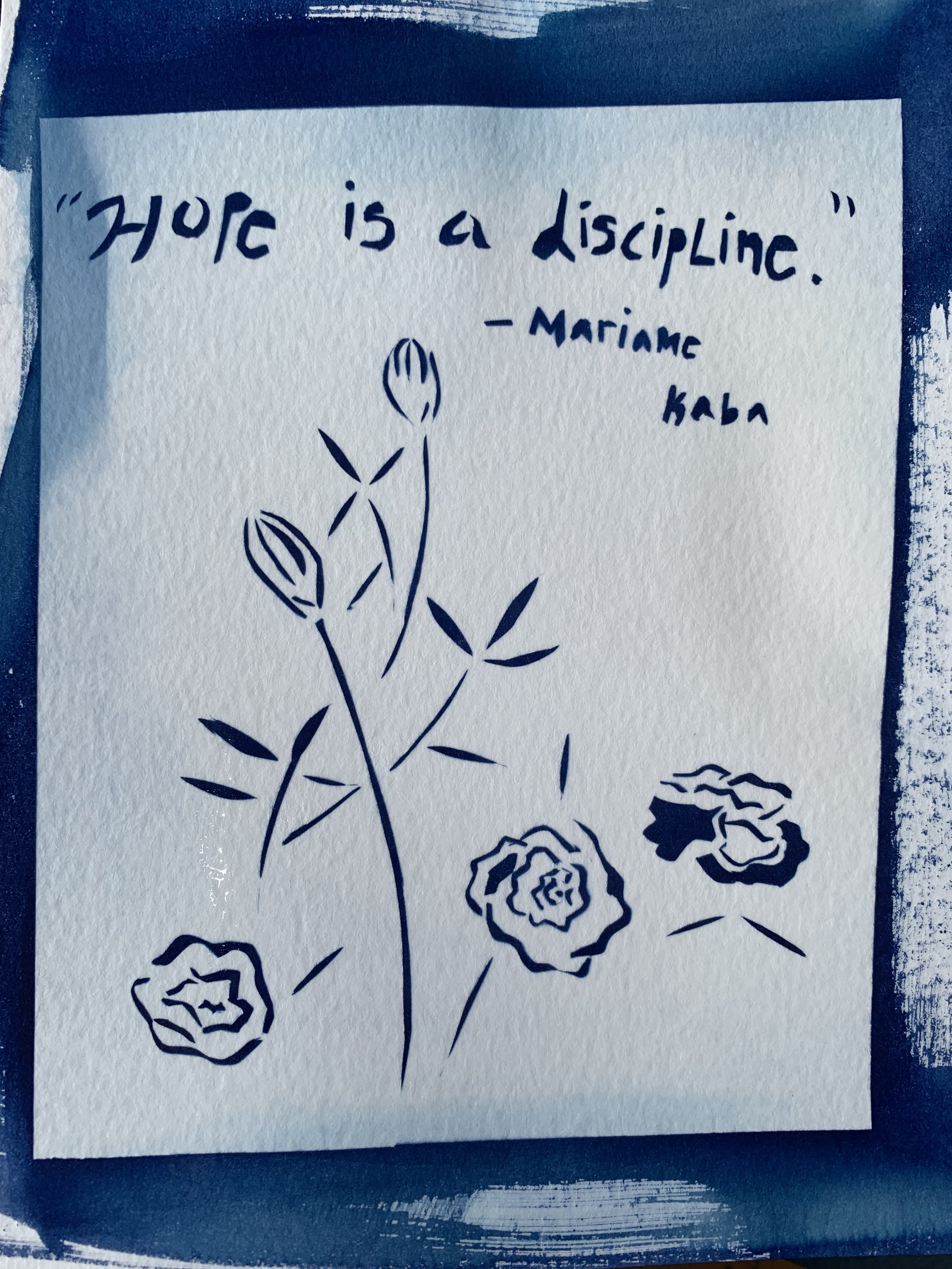Dear Reader,
Welcome to generation 2 of marigold Mag.
Over the life of this project collecting and observing marigolds, from hybrids to crop wild relatives and everybody in between, I see that the Marigold’s most enduring quality is its wildness. Plant domestication began about 10,000 years ago bringing about arguably the single greatest change in the lives of neolithic humans. Domestication resulted in changes to physiology of plants and animals and a deep and lasting relationship, far larger than simply a partnership, came into existence. Something more like a loose network than a hierarchy was developed among plants and people and continues to exist in much the same way today. It is open to daily discovery by the curious, the observant and the humble.
Domestication occurs on a spectrum. There are wild plants, there are domesticated ones that require humans to manage their surroundings for them to survive, and there are many many more in between. Incipient domesticates are the ones that are still linked up with their wild ancestors and are navigating changing human biotic and abiotic systems, flirting with dependency. There are marigolds and human companions across the entire spectrum.
The first known depiction of the marigold. Florentine Codex, Book 11, ‘Earthly Things’










